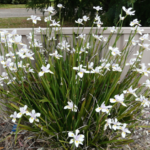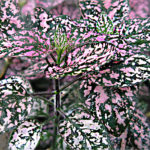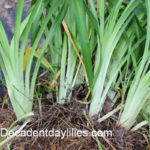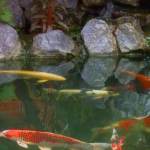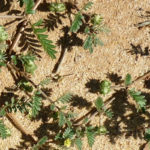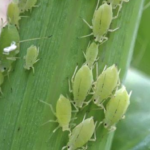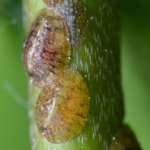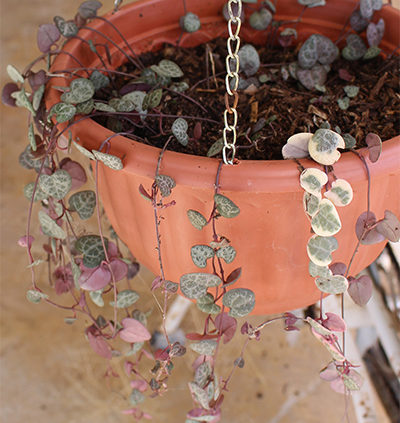
Chain Of Hearts As I Know It
How to Grow and Propagate String Of Hearts
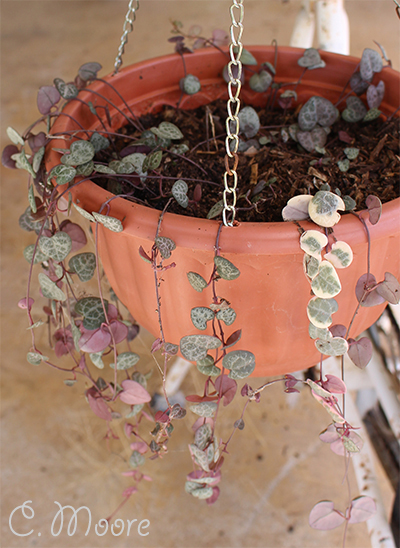 The chain of hearts, string of hearts or rosary vine are some common names of Ceropegia woodii. This ornamental houseplant is a native to Southern Africa. This perennial plant belongs to milkweed subfamily. Even though this is an evergreen climber with a stringy purple coloured stem, the trailing stems make it a good choice for a hanging plant. You can also make them grow on a trellis by winding up the stems on the support. The trails of the vine can reach 12’ long in its natural habitat. When grown as houseplants it can grow to 2’ to 4’.
The chain of hearts, string of hearts or rosary vine are some common names of Ceropegia woodii. This ornamental houseplant is a native to Southern Africa. This perennial plant belongs to milkweed subfamily. Even though this is an evergreen climber with a stringy purple coloured stem, the trailing stems make it a good choice for a hanging plant. You can also make them grow on a trellis by winding up the stems on the support. The trails of the vine can reach 12’ long in its natural habitat. When grown as houseplants it can grow to 2’ to 4’.
Plant Description
The leaves are heart-shaped and opposite in arrangement on the stem. The colour of the leaves is dark green with silver marbled effect on the upper side and purple or green on the underside. I have noticed when grown indoors the leaves may have light green or cream colour due to poor light. The tubers of the plant grow along the vine giving the effect of beads on the rosary and hence the name rosary vine.
The plant produce blooms mainly during summer and autumn. The flower may appear at other time of the year too. The flowers are an inch long and have an interesting shape. Flowers are usually in shades of white or pale pink. Flowers have a broad bulbous base and long tubular corolla. The five petals of the flower are fused at the top, forming a canopy. Flowers produce horn-shaped seed pods, if and when the flowers get pollinated. They are easy to grow and care for.
Growing Conditions
The String of hearts requires a bright area with direct sun. In areas with tropical and sub tropical climate, the plant can be grown outdoors. The top part of the plant will not look lush if some direct sunlight is not available.
- If grown indoors, place the plant near south or west facing window.
- Only when grown in strong sunlight, the leaves will have the marbled effect.
- The plant should be kept in warm conditions above 15.5 C or 60-degrees F during winter.
- It needs well-draining soil and should be watered when the topsoil is dry. Overwatering can kill the plant.
- Fertilise the plant once in a month during the active growing period. Do not fertilise the plant during winter.
- The plant develops thick basal stem as it matures.
- Repot the plant only when the pot is overcrowded.
- Use potting medium with sand and perlite to allow proper drainage of water.
You can also use commercially available cacti and succulent mix to pot the chain of hearts plants as we know it in Australia.
Propagation
There are different methods to propagate the string of hearts plant. You can use stem cuttings, tubers or seeds to propagate. However, using tubers is the easiest way to propagate the plant. The tubers developed on the stem or the beads can be taken with a vine for propagation. Place the aerial tuber along with vine in the potting mix or soil. Make sure that the soil is moist and very wet. Excess water can rot the tuber. When the tuber comes in contact with soil it will start developing new vines within a few weeks of time. Once new vines start to appear, sever the tuber from the original plant.
Where I Grow My Plant
My plant is relatively new as you can see; the chain of hearts grows easily in hanging baskets. I have been training this one plant for six months, starting with only 4 strands using the stem cutting method. I have mine growing in a well lit area on the east wall of my outside gym, lined up on an overhead rail with other draping ferns and falling groundcovers, where they get a stretch of morning rays, only providing sunlight from the east which won’t burn them.


